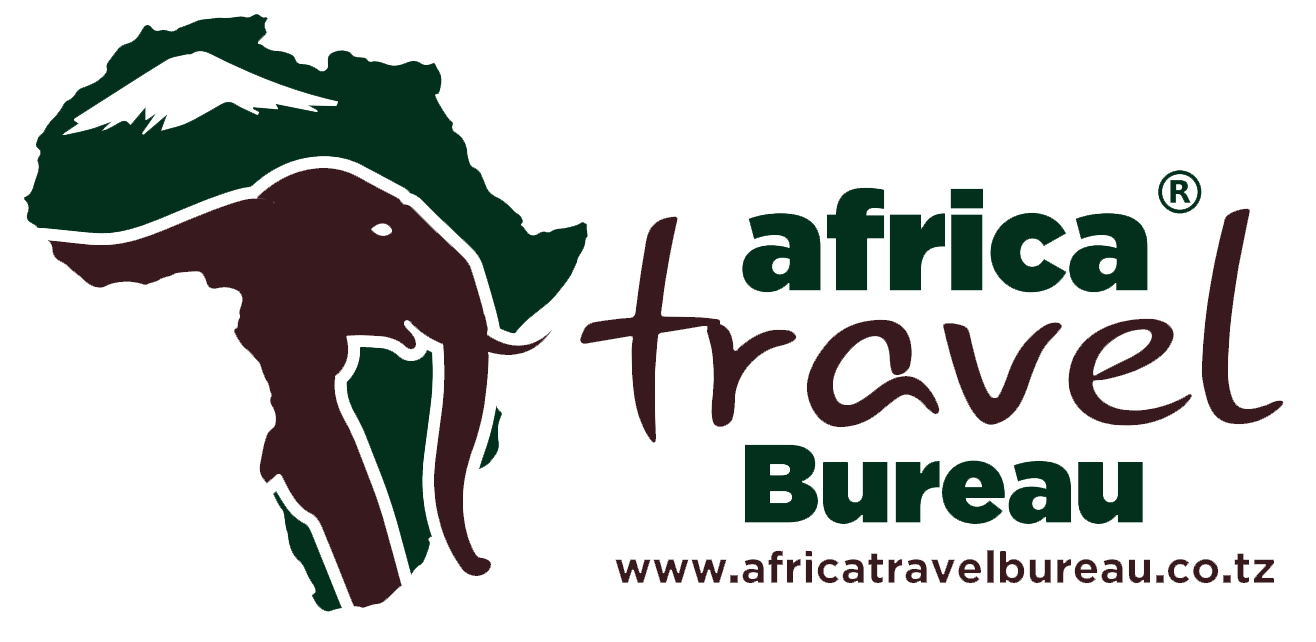Best Time To Visit
Tanzania, known for its breathtaking landscapes, abundant wildlife, and diverse ecosystems, is a year-round destination that offers unique experiences throughout the calendar year. The best time to visit Tanzania largely depends on your personal preferences, the specific activities you wish to pursue, and your budget. From the vibrant wilderness of the Serengeti to the idyllic beaches of Zanzibar, each season brings its own charm. However, there are specific periods that are generally considered the most optimal for a variety of activities, particularly for safari enthusiasts.
Best Time to Visit Tanzania: The Dry Season (June to October & December to February)
The dry season, which spans from June to October and December to February, is widely regarded as the best time to visit Tanzania, particularly for wildlife viewing. During these months, the weather is sunny and dry, with temperatures hovering between 25-27°C, creating ideal conditions for game drives and outdoor adventures. One of the main attractions during this period is the ease of wildlife viewing. As the rains subside, animals tend to congregate around waterholes and rivers, making it easier to spot them. This is especially true in iconic national parks like Serengeti, Ngorongoro Crater, and Tarangire.
From June to October, Tanzania is in its prime for safaris, with fewer tourists compared to the busy December and January periods. This period also aligns with the Great Wildebeest Migration, one of the world's most spectacular natural events. During July and August, you can witness the dramatic river crossings of wildebeest in the northern Serengeti, where thousands of wildebeest, zebras, and gazelles face the perilous task of crossing crocodile-infested rivers. These dramatic scenes are one of the highlights of the dry season and attract wildlife photographers and nature lovers from around the world.
In December to February, the Serengeti and its southern regions transform into a calving ground for wildebeest, attracting numerous predators eager to take advantage of the newborns. This time also brings lush green landscapes and the sight of young animals, which add a sense of renewal and vibrancy to the environment. Additionally, these months offer clear skies, cooler temperatures at night, and excellent conditions for outdoor activities, including Mount Kilimanjaro trekking. The dry season’s favorable weather also reduces the risk of rain interfering with outdoor excursions and wildlife activities.
Despite the advantages, the dry season also has its downsides. Due to the ideal weather conditions and wildlife viewing opportunities, it coincides with the high tourist season, meaning parks and accommodations can be busier and more expensive. Accommodations, particularly luxury lodges and tented camps, tend to book up quickly, requiring early reservations to secure the best options. Additionally, tour prices may be higher during these peak months, and some tourists may prefer a less crowded experience.
Wet Season (March to May & November): For an Intimate Safari Experience
While the wet season, from March to May and November, may deter some visitors due to the rainfall, it offers a different yet equally rewarding experience for those seeking tranquility, lush landscapes, and a more affordable safari. During this period, the parks and game reserves are significantly less crowded, providing a more intimate safari experience with fewer tourists around. The landscape flourishes during the wet season, as Tanzania's flora comes to life with vibrant greenery, flowering plants, and an abundance of bird species. For birdwatching enthusiasts, this is an excellent time to visit, as migratory birds flock to Tanzania’s parks, providing incredible birdwatching opportunities.
Although rain showers can disrupt travel plans and make some of the roads challenging to navigate, the wet season’s appeal lies in its serene atmosphere. The wildlife remains abundant, with animals in good condition, and many prefer the quiet beauty of the landscape during this time. Additionally, the cost of accommodation and tours drops significantly, making it a budget-friendly option for those looking to save money while still experiencing the incredible wildlife and natural beauty of Tanzania.
However, travelers should be prepared for potential disruptions caused by rain. Some lodges and camps in more remote areas may close, and access to certain parks may be limited due to difficult road conditions. Moreover, mosquitoes can be more prevalent, making malaria precautions necessary. Despite these challenges, the wet season offers a more peaceful, off-the-beaten-path safari experience for those who don’t mind a little rain.
Mid Season (March & November): A Balance Between Price and Experience
The mid season, which typically includes March and November, strikes a balance between the high and low tourist seasons. These months offer moderate hotel rates, fewer crowds than during peak season, and relatively stable weather conditions. While you may experience occasional rain, it’s typically not as heavy as the wet season's peak in April and May. This makes it a good option for those who want a quieter safari experience without compromising too much on weather or wildlife viewing.
November marks the start of the short rains, rejuvenating the landscape, making it lush and green, and bringing forth blooming flowers. This is an excellent time to visit the northern parks, where the weather remains favorable, and you can still enjoy game viewing. However, be mindful that some attractions and services may be limited in availability due to the reduced number of visitors.
Low Season (April & May): For Budget-Conscious Travelers
The low season, which falls in April and May, is ideal for budget-conscious travelers seeking a peaceful and serene Tanzanian experience. During this time, Tanzania’s parks are least crowded, and hotel rates are at their lowest, making it the most affordable period for a safari. However, the rainy season is at its peak, and heavy downpours can make some roads impassable, while certain lodges and camps may close for the season. Despite these challenges, the wet season offers a unique opportunity to experience Tanzania’s wild beauty in solitude, without the crowds of the high season.
Best Time to Witness the Great Migration
One of the key highlights of visiting Tanzania is the chance to witness the Great Wildebeest Migration, one of the largest and most dramatic wildlife spectacles on Earth. This year-round event sees millions of wildebeest, zebras, and gazelles traveling across the Serengeti and Maasai Mara, following the rains and grazing patterns. Depending on when you visit, you can experience different stages of the migration.
- December to March: Witness the calving season in the southern Serengeti, where thousands of wildebeest calves are born. This is a time of new life, and predators such as lions, cheetahs, and hyenas are in full hunting mode, making for dramatic wildlife sightings.
- July to September: The migration reaches the northern Serengeti, where the wildebeest face the perilous challenge of crossing the Mara River, often teeming with crocodiles. These river crossings are a highlight of the migration and one of the most photographed wildlife moments in the world.
Tanzania’s Seasonal Tourism: High, Mid, and Low Season
Tanzania’s tourism can also be categorized into three distinct seasons:
- High Season: From January, February, June to October, and December, this is when Tanzania is at its most popular. The weather is ideal for safaris and beach visits, and wildlife sightings are at their peak. However, it’s also the most expensive time to visit, with high rates for accommodations and tours.
- Mid Season: March, November (until mid-December) offers a balance between moderate prices and fewer tourists, with still good weather and decent wildlife viewing.
- Low Season: From April to May, travelers will enjoy the lowest prices, fewer crowds, and a more serene experience, though rain may affect travel plans.

